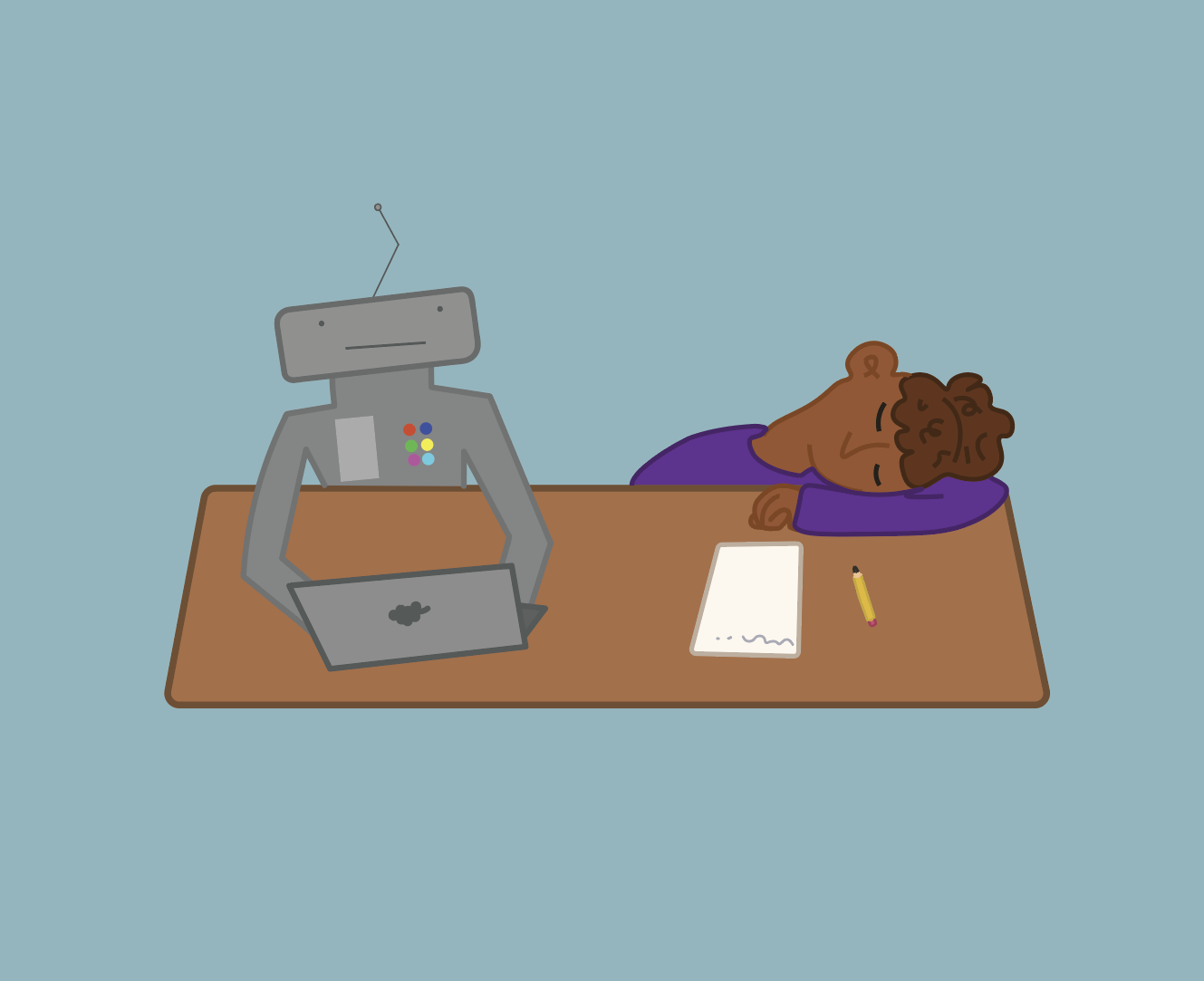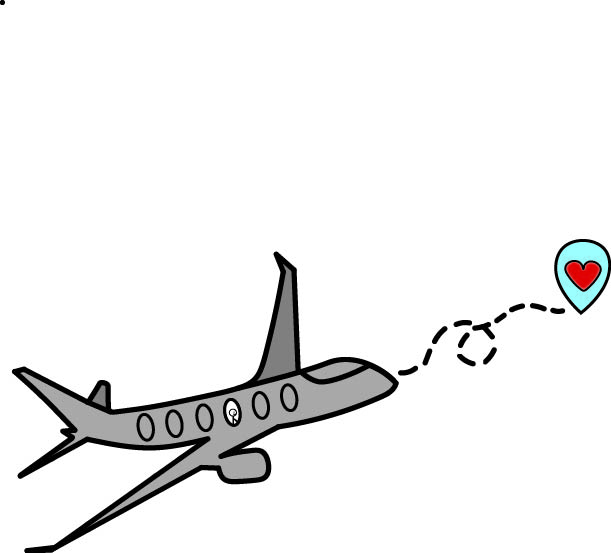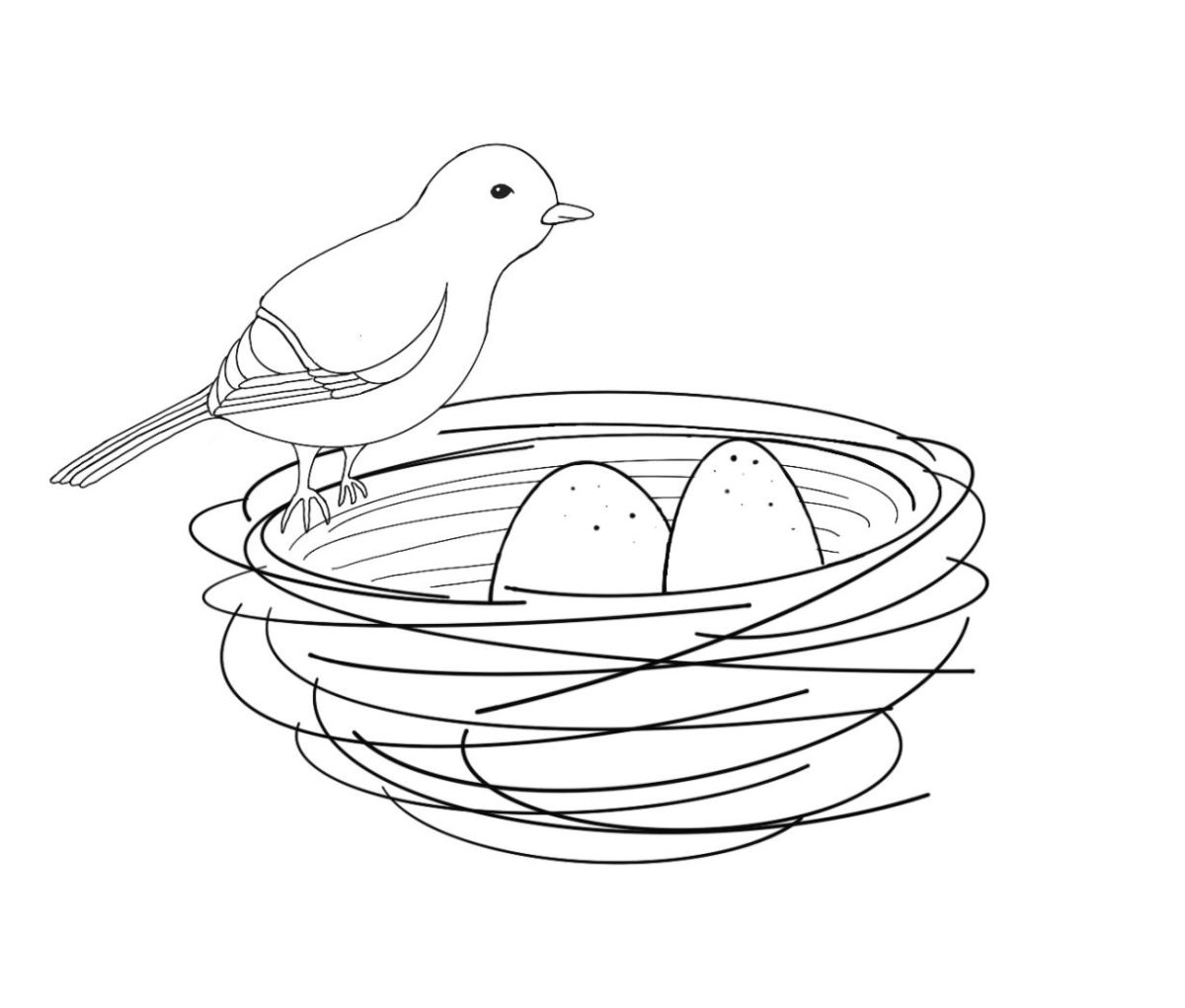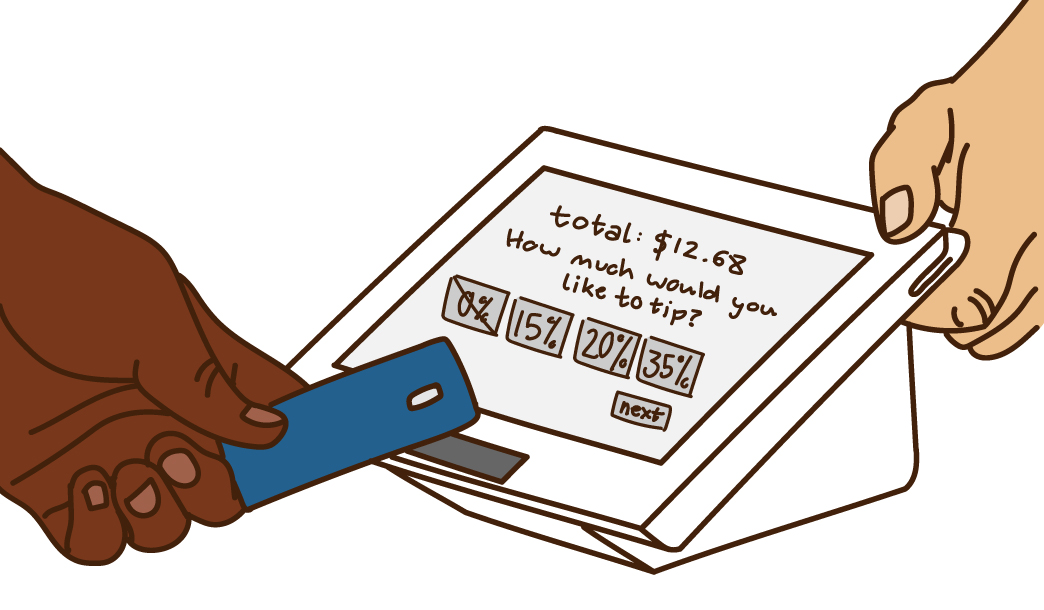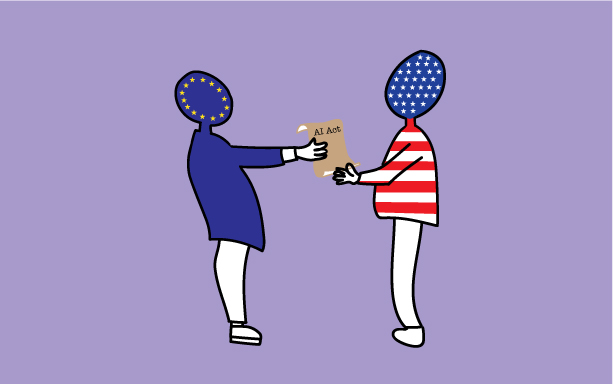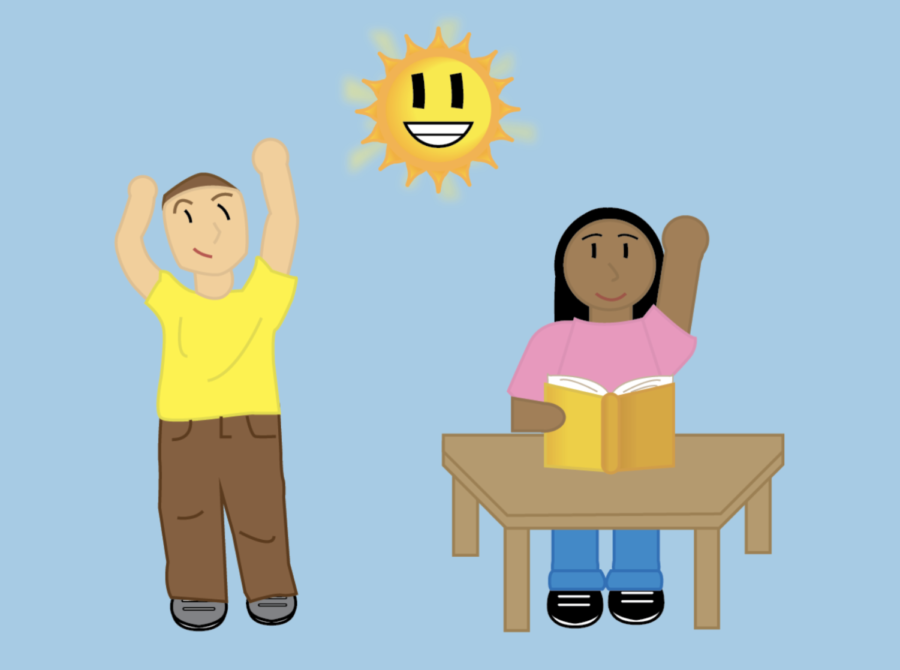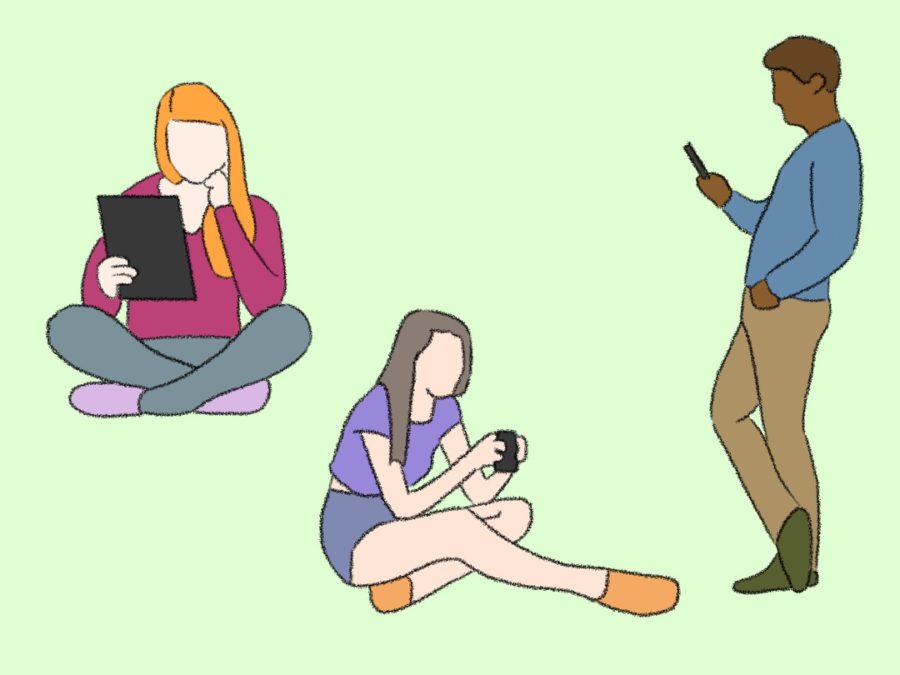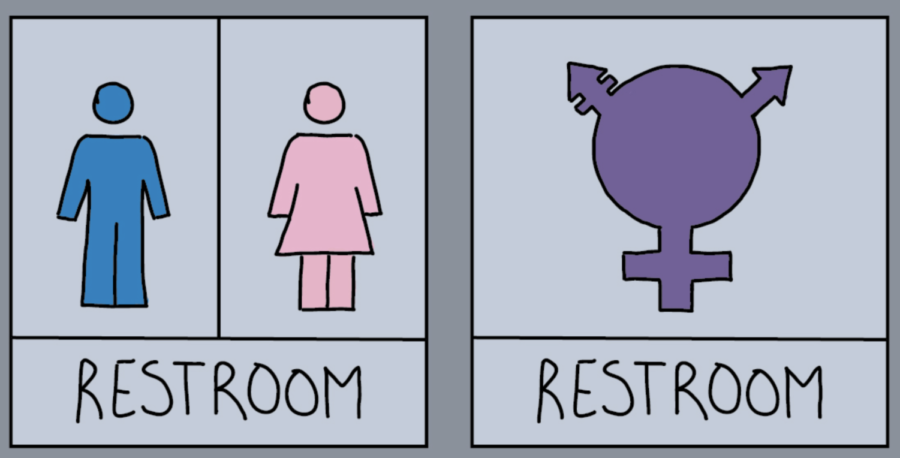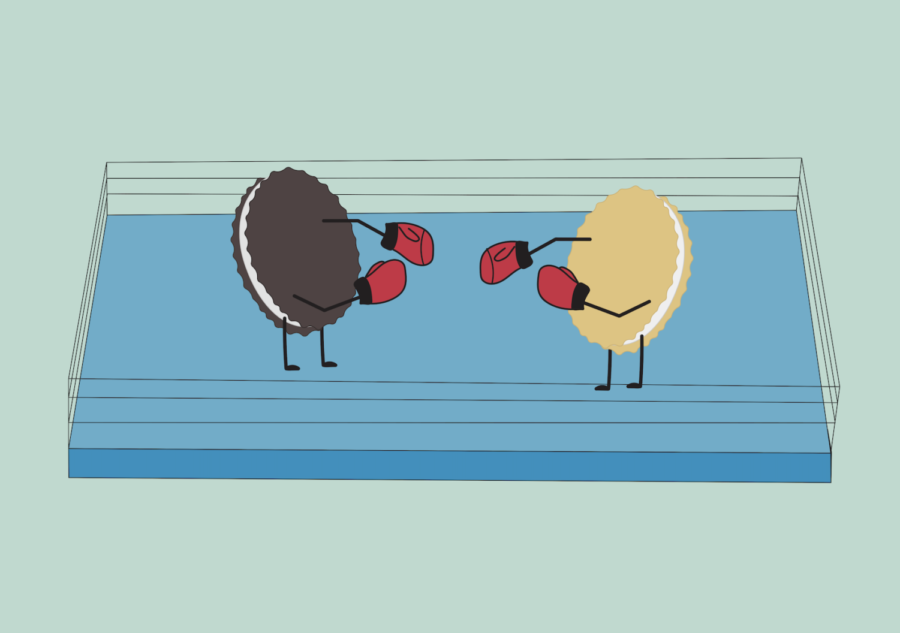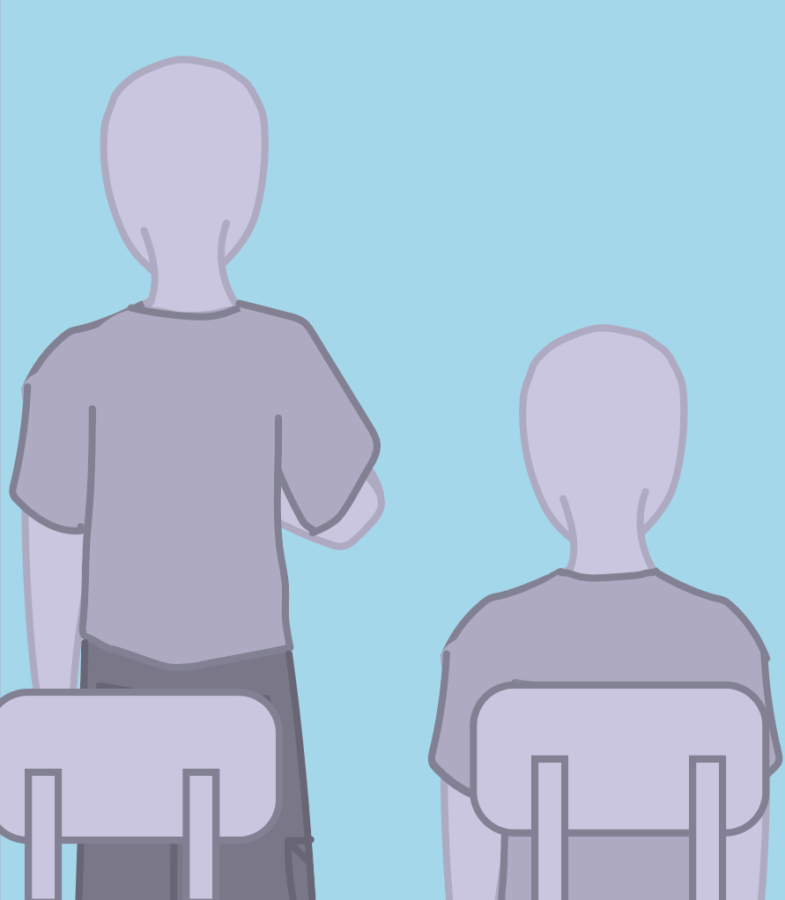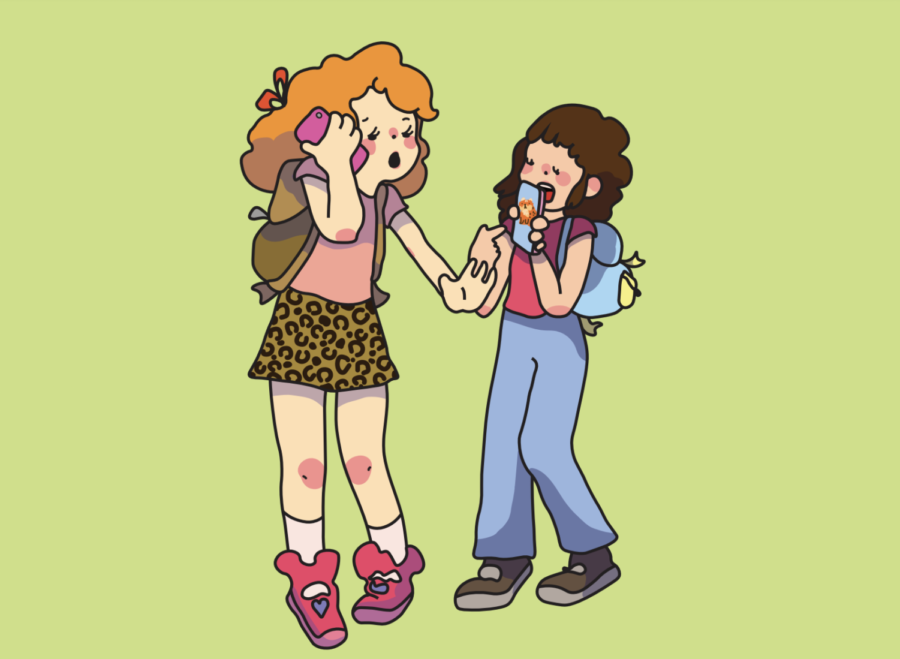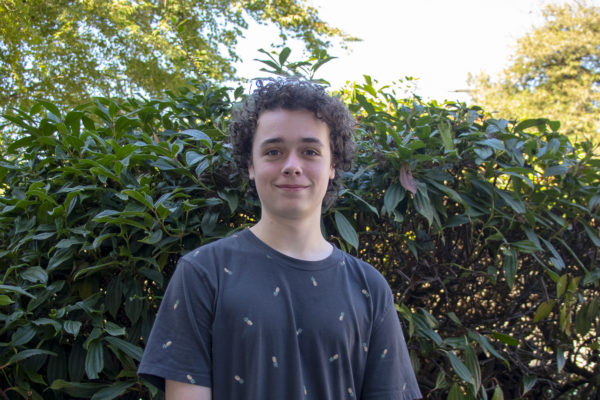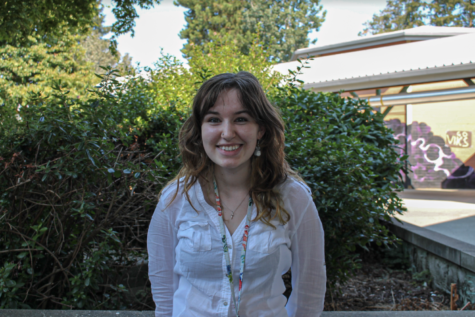Point: Yay I!
You may have witnessed a peer on their computer creating artwork or writing faster than Seattle weather changes. Artificial intelligence art and text-generating websites are on the rise, and many people believe they are ethically wrong and are a threat to certain professions. However, the impact is not as severe as people may say. AI is not advanced enough to take jobs away from people. AI art and text generation is entertaining and can be beneficial for people looking to draw creative inspiration or be assisted with their writing.
AI art and text generators take examples from published items on the internet and use them to create what users request. People can ask for “cats with moss for hair playing billiards,” and it will provide it in any art style they desire. However, there are often errors that are clear giveaways that the piece is made by an AI, such as wrongly structured faces and poorly-generated backgrounds. Because of those common mistakes AI makes, it can’t take away from other artists.
AI art and text is simply entertaining. An amazing piece appears just by typing in a couple words and pressing “go.” The same goes for essays; people can learn a lot about topics they never would’ve wanted to research just by typing the prompt they want to learn about. It’s also really entertaining to type in some random, far-fetched prompt and have a laugh with your friends at what generates.
AI text and image generators provide writers and artists with a tool they can use to practice and improve their skills. These generators allow writers/artists to shape their ideas. An AI art generator can help an author visualize the world they’re writing about so they can better describe it. Stuck artists and writers can become inspired and get back on track for their pieces when AI art inspires them.
AI is very helpful for more than just fun and inspiration, it is also a tool that can be used to help people improve writing just by typing in their prompt and any additional rules they want it to abide by (such as third person or text examples from a book). This could be especially helpful for those who aren’t fluent in English, making it easier for them to express their ideas as they can type prompts in using their own language.
It also saves time for writing emails, since they can enter in their purpose for writing it, and the AI will give them a properly structured email for them with spots for them to fill in specific information. After getting an answer, people can also say “tell me how to do that” (what they just asked it to do), and it will provide instructions.
AI art/essays are not a threat to artists or writers because nobody wants to buy a piece of AI art when they can generate one themselves. Human-made art has sentimental value and creativity, unlike AI art, which uses other pieces already made and cobbles them together for the piece it’s making. Human-made art is much more desirable than AI, so artists needn’t worry. AI art and text are ethical and here to stay as they are rapidly growing in popularity.
However, there are people that believe that it’s wrong. Thankfully, there’s a tool to rat them out called GPTZero. It works by measuring the randomness of a given piece of text. Turnitin.com is also using tools to detect AI essays turned into its services. AI is a fun tool to help people build on what they already know about writing or making art, and can be a great help for people looking for ways to do things better.
Counterpoint: Nay I!
With artificial intelligence art and text-generating services such as Jasper.ai and Wombo on the rise, people need to be more considerate before readily using these applications. While interesting and fun to use, these services diminish the value and time that professionals spend on works of art or written pieces.
Artists and writers train for years and make numerous sacrifices to excel in their craft. AI generators work with the click of a button; they take media published online, then use that media to create “new” artwork or written pieces based upon the prompt entered or image uploaded. Having years of experience and work be replicated with a few clicks is demeaning toward artists and writers; it’s similar to that one friend who copies your homework and receives a good grade despite their lack of effort.
Although helpful in providing a base to work off of, many students may find themselves not contributing to their AI-generated work because the pieces already appear complete or simply because they can’t be bothered. Work smarter, not harder, right?
Using AI generators defeats the need to work on anything yourself. Without contributing any work to a task, you won’t have the practice to improve those skills. The generators’ ease of use may promote the wrong mindset when it comes to creative studies. If someone wanted to improve their skills in the written or visual arts, then it’s entirely possible to do so, but with the use of AI generators, any motivation to work on that skill development diminishes as a significant time-saver is presented.
It’s a common misconception that to be good at visual arts, someone needs to be born with a natural talent; like any subject, however, technical ability in the visual arts can be improved with practice and study.
When creating work with computer generators, the gap between the aspiration to be good at visual arts and the reality that it’s possible widens. Having “good” visual works be generated by a computer makes it appear as though excelling with artistic studies is a waste of time, since there are quicker options to “create” works of art.
AI text generators stifle not only technical ability in visual arts, but also in writing. When writing an email or written letter, learning the format is essential. Writing a technical piece requires the development of a variety of skills, including proofreading, knowledge of the topic being written and learning the format of the writing style. Relying on AI to compose these pieces interferes with developing these skills. As a result, future writers may lack the qualities and capabilities required to produce professionally written pieces.
Workers in the creative industries are already on the lower end of wages. According to the U.S. Bureau of Labor Statistics, the average salary in the U.S. for an artist is $60,000 a year and $69,000 for a writer. Average wages for other careers involving sciences and math, such as engineering or computer science, have a average salaries of $97,000 and $120,000* respectively — almost double the earnings of someone in the creative industries. If more people use AI generators for their visual and literary works, those aspiring to work in these fields will lose the opportunity for those jobs. If AI generators continue to rise in popularity, the need for human artists/writers will dwindle, forcing many of these artists/writers to either abandon their crafts or face unemployment.
Regardless of the impracticalities, AI art essentially deconstructs the purpose of visual and literary art: to create. For centuries humans have created art to portray emotion, history and stories; a significant aspect of artwork that is absent with technology. Computers don’t hold the complexity that humans do, and, because of that, cannot truly replicate the core value of visual and literary arts. To have technology replicate the creative works that humans make would not only result in a loss of jobs for artists and writers, but it would also take the value away from creativity, and what it means to create.


